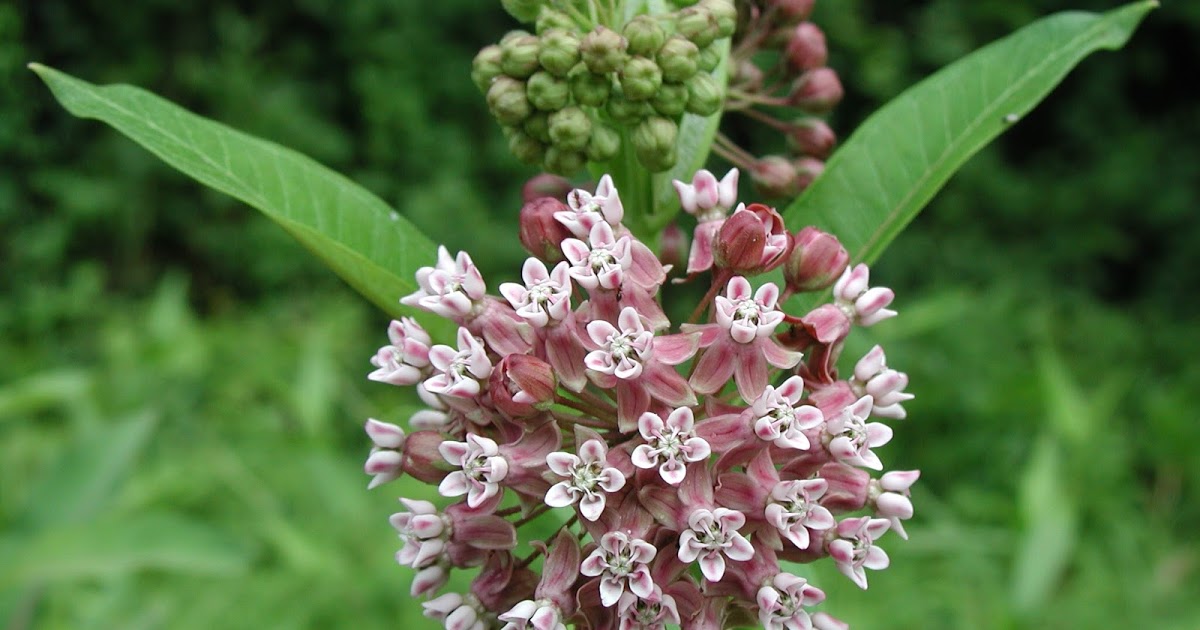Common Triggers Of Allergy Symptoms
Weed Pollen

From late summer to early fall, weed pollen is at its highest count. Ragweed typically produces fine powder-like pollen and causes hay fever or allergic rhinitis. Seventeen species of ragweed grow across the United States and can be found overgrown in rural and urban areas and near streams, riverbanks, roadsides, and on fields. Exposure can be difficult to avoid because ragweed pollen can travel far and people with sensitivities can be affected by breathing, eating and drinking, and coming in physical contact with the offending pollen. Symptoms include irritation of the eyes, nose, throat, and ears, as well as sneezing, coughing, or difficulty breathing.
Keep reading to learn how mold can trigger an allergic reaction in some individuals.
Mold

Mold allergies can be difficult to determine because mold can sometimes be hard to detect, but it can grow rampantly in the basement, bathroom, and underneath sinks if a leak has occurred. Often mold isn’t visible because of the tiny size of spores, but once they are airborne, allergy sufferers become acutely aware. Those hit with symptoms usually show signs like nasal congestion or a runny nose, irritated eyes and throat, and coughing. Prevention is the main thing to keep in mind so prevent mold from growing by maintaining a clean home and using a dehumidifier. Antihistamines and decongestants can relieve symptoms.
Discover how certain foods can cause allergic reactions now.
